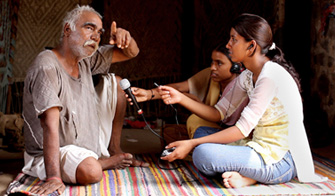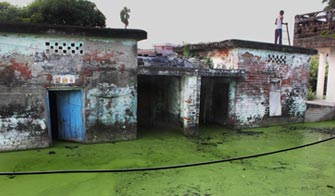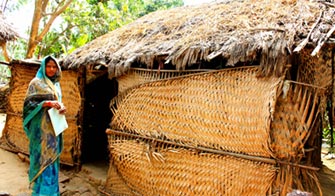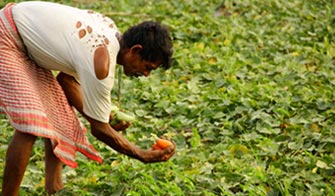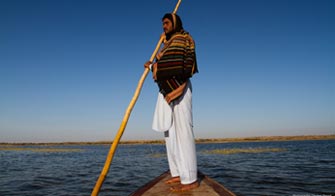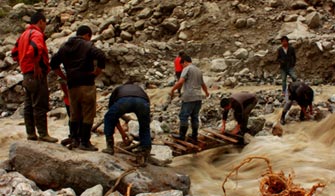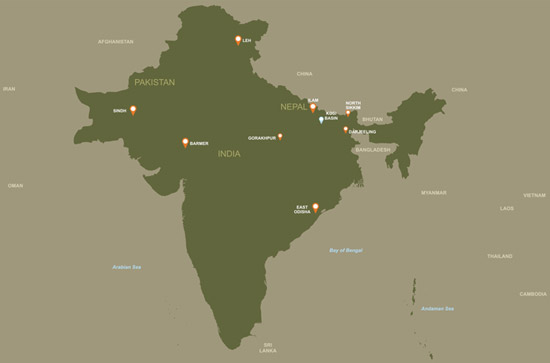
Due to natural vulnerabilities human factors, losses damages from disasters continue to rise in South Asia. There is also growing evidence for links between climate change disaster risks. In response, there have been calls for bringing together climate change adaptation (CCA) disaster risk reduction (DRR) policy development, in order to address the risks efficiently to promote sustainable development pathways. However, progress towards such convergence has been uneven. We report on six research projects awarded in three countries of South Asia to examine progress, research needs potential mechanisms for improving implementation of CCA DRR. Some significant localised improvements in CCA-DRR were generated, primarily through facilitating communication across administrative scales with local communities. We observed a common tendency toward weak institutional coordination between agencies charged with disaster response those charged with climate change planning (as well as development planning more broadly). The idea that movement toward sustainable development requires addressing combined natural anthropogenic hazards has not yet penetrated to the institutional levels where disaster response planning commonly takes place. We close by identifying further knowledge needs proposing recommendations for steps toward convergence of disaster risk reduction climate change adaptation.






